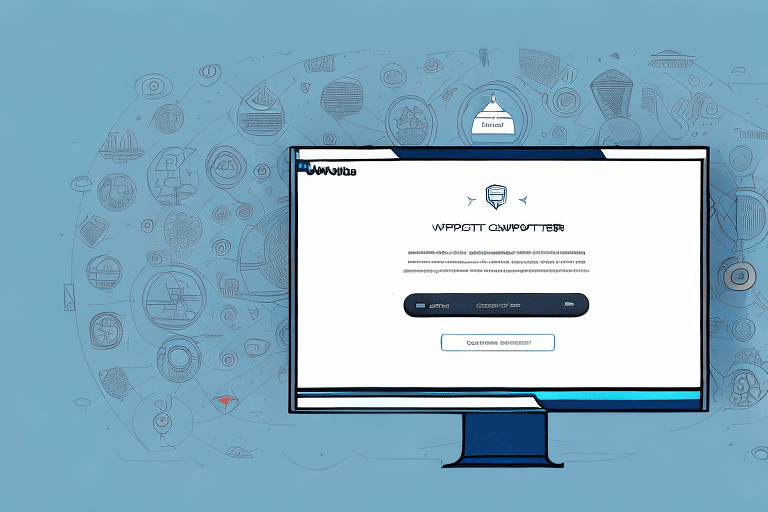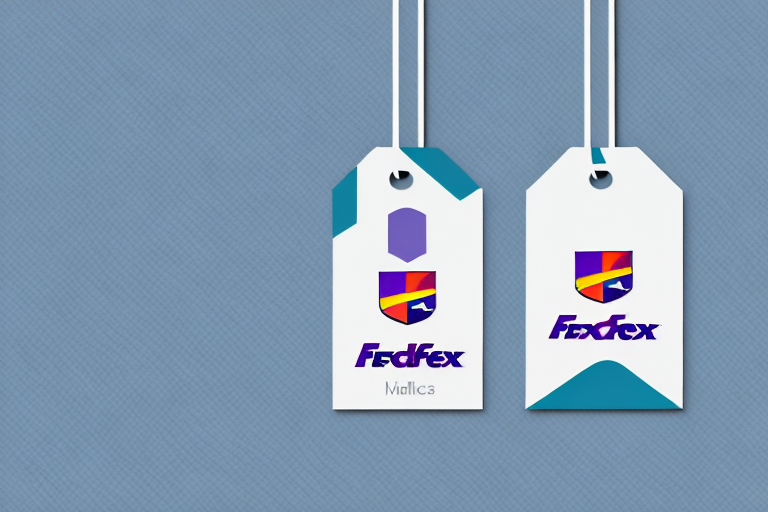Mastering Tagging in UPS WorldShip: A Comprehensive Guide
If you're a frequent user of the UPS WorldShip application, you understand the critical role tagging plays in ensuring your shipments are tracked accurately and delivered promptly. Proper tagging not only helps UPS monitor your packages but also safeguards them against delays and loss. In this guide, we'll delve into the essentials of calling tags in UPS WorldShip, offering updated insights and best practices to optimize your shipping process.
Understanding the Importance of Tagging in UPS WorldShip
Tagging in UPS WorldShip involves assigning a unique reference number to each shipment. This tag serves as a key identifier, enabling UPS employees to track and sort packages efficiently throughout the shipping journey. Without a proper tag, your package is at a higher risk of getting lost, delayed, or returned. Effective tagging ensures that your shipment reaches its destination on time and in optimal condition.
Additionally, accurate tagging is crucial for customs clearance, especially for international shipments. Customs officials require a unique identifier for each package to streamline the clearance process. By assigning a tag in WorldShip, you provide this essential identifier, facilitating smoother and faster customs processing.
Moreover, having a unique tag number simplifies the tracking process. In the event of a lost or delayed package, the tag number allows both you and UPS to locate and resolve the issue quickly, minimizing inconvenience and enhancing overall shipping reliability.
Step-by-Step Guide to Calling Tags in UPS WorldShip
Calling a tag in UPS WorldShip is straightforward. Follow these steps to assign tags to your shipments:
- Open UPS WorldShip: Launch the UPS WorldShip application on your computer.
- Navigate to the 'Ship' Tab: Click on the 'Ship' tab to begin the shipment process.
- Enter Shipment Details: Input the recipient's address, package weight, dimensions, and other necessary details.
- Assign a Tag Number: In the 'Tag' field, enter a unique reference number. Ensure it follows UPS’s formatting guidelines (1D or 2D barcode with at least 21 characters, no spaces or special characters).
- Review and Ship: Double-check all entered information for accuracy. Once confirmed, click 'Ship' to finalize the process.
For shipments requiring modifications after tagging, navigate to the 'History' tab. Select the relevant shipment and click 'Edit' to update the tag number or other shipment details.
Tips for Successful Tagging in UPS WorldShip
Ensuring successful tagging involves more than just assigning a unique number. Here are some best practices to enhance your tagging accuracy:
- Double-Check Information: Always verify the recipient’s address, package weight, and tag number before finalizing the shipment.
- Use Unique Tag Numbers: Avoid reusing tag numbers to prevent confusion and tracking issues.
- Sequential Numbering: For multiple shipments, consider using sequential tag numbers to streamline tracking and management.
- Correct Label Format: Ensure the shipping label format aligns with the carrier's requirements to avoid printing errors.
- Secure Packaging: Properly package items using sturdy materials and clear labeling to prevent damage and ensure safe delivery.
Common Errors When Calling Tags and How to Avoid Them
Despite careful tagging, errors can occur. Awareness of common mistakes and how to prevent them is essential:
- Invalid Tag Number: Using tag numbers that don't meet UPS’s formatting requirements can lead to rejection. Ensure your tag numbers are at least 21 characters and free of spaces or special characters.
- Duplicate Tags: Reusing tag numbers can cause tracking confusion. Always assign a unique tag to each shipment.
- Package Not Found: Sometimes, a tagged package may not appear in the UPS system due to processing delays. In such cases, contact UPS customer support for assistance.
- Incorrect Shipment Information: Entering wrong addresses or package details can lead to delivery issues. Always double-check all information before shipping.
Regularly reviewing your tagging process and staying updated with UPS WorldShip guidelines can help minimize these errors.
Advanced Techniques for Efficient Tagging in UPS WorldShip
For users handling large volumes of shipments, advanced tagging techniques can significantly enhance efficiency:
- Batch Shipping: Utilize UPS WorldShip’s batch shipping feature to assign tags to multiple shipments simultaneously, saving time and reducing manual effort.
- Customized Tag Numbers: Tailor tag numbers to include customer reference numbers or order IDs, providing more context and easier tracking.
- Automation Rules: Implement automation rules to assign specific service types or packaging based on shipment characteristics, streamlining the process and reducing errors.
Leveraging these advanced features can optimize your shipping workflow and improve overall accuracy.
Troubleshooting Tagging Issues in UPS WorldShip
Encountering problems while tagging is inevitable. Here are steps to troubleshoot common issues:
- Verify Tag and Shipment Details: Ensure that the tag number and shipment information are entered correctly.
- Clear Cache and Cookies: Sometimes, browser issues can interfere with UPS WorldShip’s functionality. Clearing cache and cookies can resolve such problems.
- Restart the Application: A simple restart of UPS WorldShip or your computer can fix minor glitches.
- Update the Software: Ensure that UPS WorldShip is updated to the latest version to benefit from recent fixes and improvements.
- Contact UPS Support: If issues persist, reach out to UPS customer support for specialized assistance.
Maintaining the software and staying informed about common issues can help you address problems swiftly.
Best Practices for Efficient and Accurate Tagging
Adhering to best practices ensures that your tagging process remains efficient and accurate:
- Use a Dedicated Label Printer: Utilizing a shipping label printer can improve the clarity and durability of your tags, reducing scanning errors.
- Consistent Tag Formatting: Maintain a uniform format for all tag numbers to streamline processing and tracking.
- Maintain a Tag Database: Keeping a reference database of all tag numbers helps in managing and tracking shipments effectively.
- Regular Audits: Periodically review your tagging process to identify areas for improvement and ensure compliance with UPS guidelines.
Implementing these practices can enhance the reliability and efficiency of your shipping operations.
Leveraging Automation to Simplify Tagging in UPS WorldShip
Automation tools can significantly streamline the tagging process in UPS WorldShip. Tools like ShipStation and ShipWorks integrate seamlessly with UPS WorldShip, enabling automatic tag assignment, shipment tracking, and label printing. Benefits of using automation include:
- Time Savings: Automate repetitive tasks, freeing up time for other crucial business activities.
- Error Reduction: Minimize manual entry errors by letting software handle tag assignments and data entry.
- Cost Efficiency: Automation tools can compare shipping rates across carriers, ensuring you select the most cost-effective option for each shipment.
- Data Insights: Gain valuable insights into shipping patterns, delivery times, and carrier performance, enabling data-driven decision-making.
By integrating automation into your UPS WorldShip workflow, you can enhance efficiency, reduce costs, and improve overall shipping accuracy.
Conclusion: Streamlining Your Shipping with Effective Tagging
Mastering the tagging process in UPS WorldShip is essential for ensuring efficient and reliable shipping operations. By following the steps and best practices outlined in this guide, you can enhance your tagging accuracy, minimize errors, and streamline your shipping workflow. Whether you're managing a small business or handling large-scale shipments, effective tagging is a cornerstone of successful logistics management.
Embrace advanced techniques and automation tools to further optimize your processes, stay updated with UPS WorldShip’s latest features, and continuously refine your approach. With these strategies in place, your shipping operations will be more efficient, cost-effective, and resilient against potential disruptions.
For more detailed information and updates, refer to the official UPS WorldShip resources and keep abreast of industry best practices to maintain a competitive edge in your shipping endeavors.






















